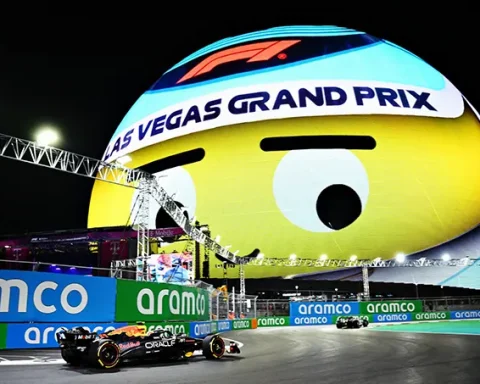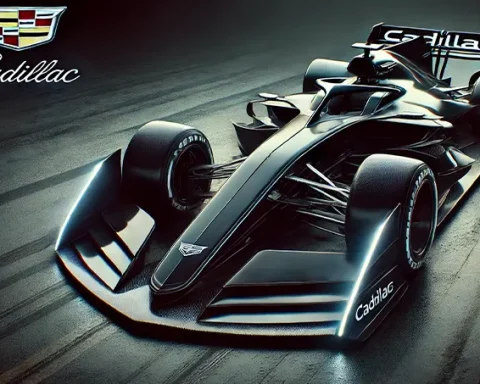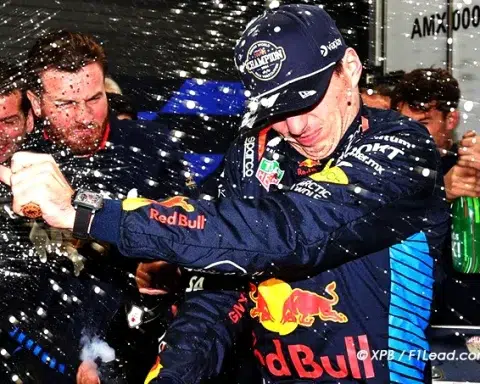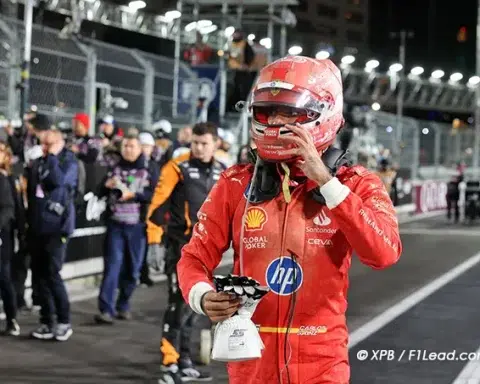F1 introduces a 10-day testing phase for mule cars using hybrid models from 2020 to 2023, aiming for 2026 regulations.
The FIA, Formula 1’s governing body, has approved new rules allowing teams to test modified cars to simulate the upcoming 2026 regulations.
However, F1’s official tire supplier, Pirelli, has warned that it would be “impossible” to adapt recent cars to accurately simulate the regulations that will apply after next season.
Therefore, the FIA’s World Motor Sport Council has approved an addition to the 2024 sporting regulations that allows for a total of 10 days of “mule” car testing this year.
Teams may use chassis constructed according to the technical regulations of one of the previous four seasons—2020 to 2023—as the basis for the mules. This includes cars created before and after the introduction of the current ground effect regulations in 2022.
“Mule car testing (MCT) is defined as any track running time not part of a competition, involving a championship-registered competitor (or a third party on behalf of a competitor or an approved power unit supplier), using cars that were designed and built to comply with the technical regulations of one of the four calendar years (2020 to 2023 in this case) immediately preceding the championship year (2024), but suitably modified for the purpose of providing the designated tire supplier a means to test its future products on track, or to provide the FIA a means of testing components or systems for future championship seasons,” the new rule states.
“No competitor may sell or make available such a car to a third party without prior FIA approval.”
“The cars must include and be limited to the minimal modifications necessary for the purposes of testing development tires or testing components or systems on behalf of the FIA for future championship seasons, as determined by the FIA.”
F1 teams have previously used mules to simulate upcoming rule changes, notably before the 2017 season. On that occasion, the maximum car widths were increased and other rules relaxed, allowing teams to create more powerful aerodynamic devices to generate more downforce. The teams were able to simulate the changes by adding larger wings to earlier cars.
However, the 2026 regulations will reduce the size and weight of the cars, introduce more sophisticated active aerodynamics, and revised power units. Teams will likely find all these changes more difficult to simulate with current cars. The models prior to 2022 allowed by the rules may provide a better baseline for comparison, hence their inclusion in the mule rule.
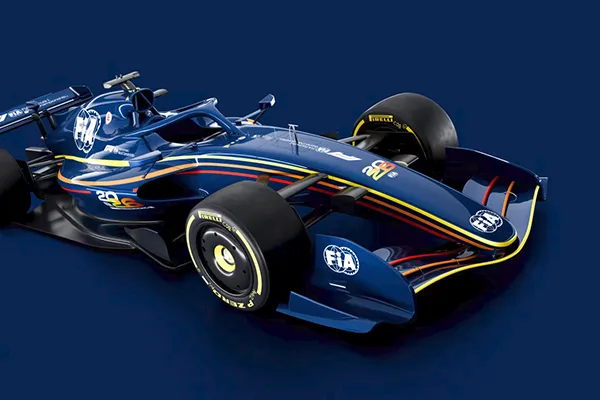
- You may also like>Pirelli F1 Trials: Rain Alters Schedule at Spa
- Following us on>Facebook and>Twitter
F1 Rolls Out Mule Car Tests for 2026 Hybrid Shift F1 Rolls Out Mule Car Tests for 2026 Hybrid Shift


